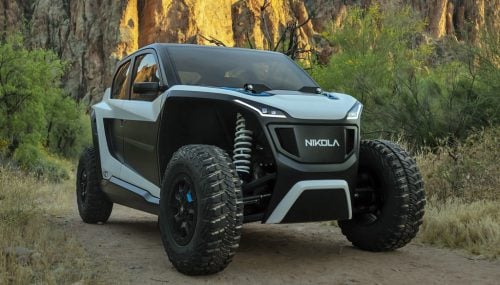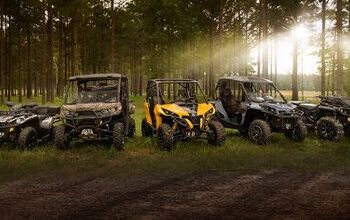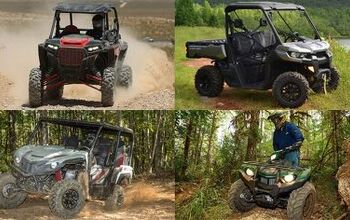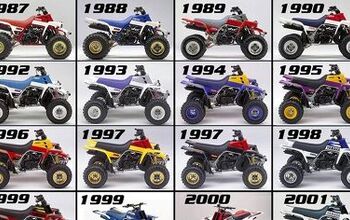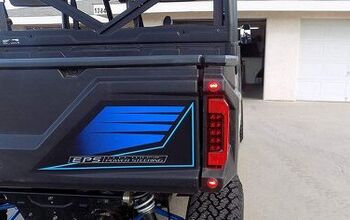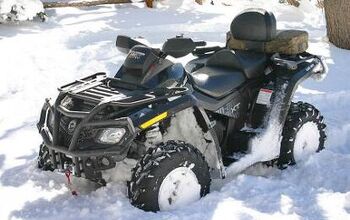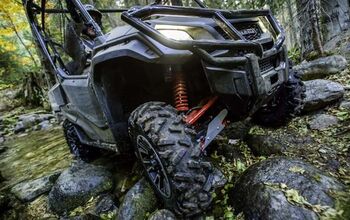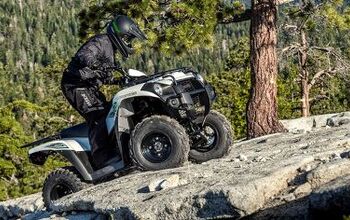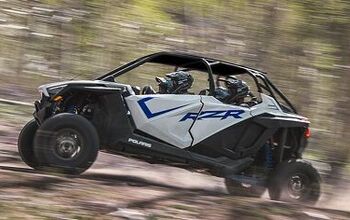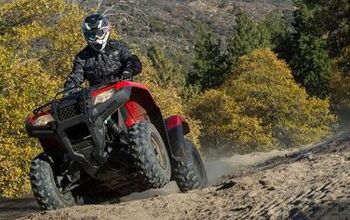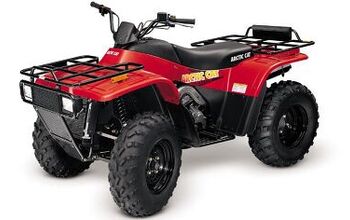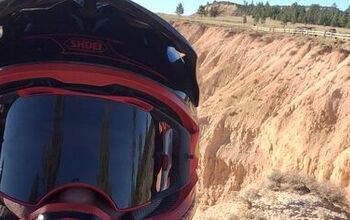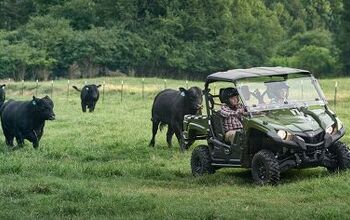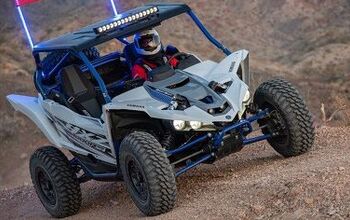BRP/Can-Am On the Future of Electric ATVs and UTVs
Electric ATVs and UTVs seemed to be gaining a foothold in the industry eight to 10 years ago, but these days it seems there are few viable options for electric off-road vehicles. However, the major players in the industry have not forgotten about this segment.
In fact, some brands are working behind the scenes on the future of this industry and you can be sure that electric ATVs and UTVs will be a major part of it.
A little while back we noticed that BRP, parent company of Can-Am, was hiring for a lot of positions linked directly to electric vehicles. This gave us the idea of reaching out to BRP to find out what the company is working on and if we can expect to see some electric Can-Am off-road vehicles coming to market in the future.
We asked BRP specifically about the electric vehicle/technology job postings and if the brand is planning to focus on electric vehicles going forward.
“Yes, we are currently hiring new positions on the EV team,” said Jean-François Lambert, General Manager BRP-Rotax, Vice-President R&D Powertrain & EV. “This is an ongoing effort that took a pause during the pandemic. As we announced last year, we are exploring electrification within our product lines more. We presented some EV prototypes designed for urban purposes.”
Vehicles designed for paved roads and urban centers are one thing, but electric ATVs and UTVs are a different challenge entirely and BRP is working on a solution.
“Given the nature of our products, the importance of distance per charge is critical,” says Lambert. “Because there is less room in our vehicles to fit enough batteries to offer sufficient range, it requires considerably more thought on how to fit rechargeable batteries that meet the needs of our users than it does for the automobile industry, for example.”
Back in 2012, BRP started production on an electric version of the Can-Am Commander. However, that vehicle quickly and quietly disappeared from the Can-Am lineup. We asked Lambert what led to the demise of the Can-Am Commander EV.
The electric Can-Am Commander did not last long, but don’t expect this to be the last electric off-road vehicle from BRP.
“The range was too limited on the lead-acid version and price was too high on the lithium ion version. Demand was therefore too low to make its production sustainable,” says Lambert. “This clearly illustrates the challenge of off-road electric vehicles. It needs to have a balance between the range, the performance and the price.”
Of course, the Commander EV was far from the only electric ATVs or UTVs to come and go with a whimper. It seems the technology available at the time was not quite up to the challenge of getting consumers on board.
“For an EV to be successful, it needs to offer adequate range at a decent price with the right level of performance given the weight / size / cost drawback of electric batteries. These three factors are what needs to be balanced right for enough target customers,” says Lambert. “So the challenge is not to ‘make an electric vehicle’ per se, but to make one that will strike this balance for enough customers to be viable.”
Is a Polaris Ranger Hybrid Coming Soon?
You often hear electric car owners talk about ‘range anxiety’ when they have to travel distances that test the limits of their vehicle’s battery range. When it comes to off-road recreation, it’s even more of an issue as help is not always easily available when you aren’t on paved roads.
“The best electric battery technology today remains heavier, bulkier and more costly than storing gas in a tank to fuel an internal combustion engine and you can’t quickly recharge just anywhere,” says Lambert.
“And it is more challenging in Powersports than in Automotive, because the range anxiety off-road is much more worrisome (there are no charging stations out in the woods, and you can’t carry an extra jerrycan of electricity to restart if you run out), power-to-weight levels are typically much higher than in cars (weight is a worse enemy in mud, deep snow and rough terrain, than on asphalt), and prices are usually much lower.”
To help combat this problem, Lambert says BRP is “investing heavily” in battery technology so that it more compact, efficient and cost effective to meet the demands off off-road customers
“We’ve been hard at it for years – huge R&D project – and as we are getting closer to our solution, we are ramping up our BRP EV initiative,” says Lambert.
I have been working exclusively in digital media since 1997. I started out with TSN.ca, spending nearly nine years creating and editing content on Canada's leading sports website. I left to join VerticalScope, Inc., one of the world's largest online publishers, to start a number of powersports publications. While at VerticalScope, I've helped create and oversee content for a wide variety of different publications, including ATV.com, Off-Road.com, ArcheryTalk.com, Tractor.com, RVGuide.com, and many more.
More by Lucas Cooney




